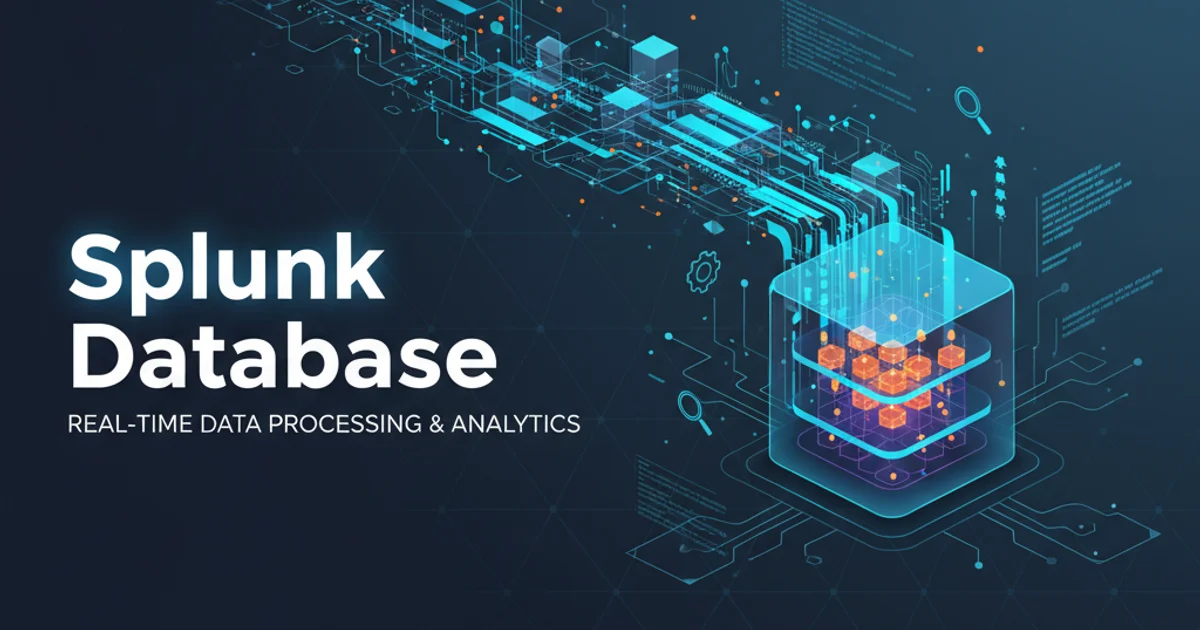What is a delimiter?
Categories:
Understanding Delimiters: The Unsung Heroes of Data Structure

Explore what delimiters are, their role in structuring data, and how they are used in programming languages like C to parse and organize information.
In the world of computing, data is rarely a continuous, undifferentiated stream. To make sense of information, we need ways to break it down into meaningful units. This is where delimiters come into play. A delimiter is a character or sequence of characters that marks the beginning or end of a unit of data, such as a field, record, or string. They act as separators, allowing programs to parse and interpret structured data correctly.
What is a Delimiter?
At its core, a delimiter is a special character or string of characters used to specify the boundary between separate, independent regions in plain text or other data streams. Without delimiters, a computer program would struggle to distinguish where one piece of information ends and another begins. Think of it like punctuation in human language: commas separate clauses, periods end sentences, and quotation marks denote speech. Delimiters serve a similar purpose for machines.
flowchart TD
A[Raw Data Stream] --> B{"Identify Delimiter?"}
B -- Yes --> C[Extract Data Unit]
C --> D[Process Data Unit]
D --> B
B -- No --> E[End of Stream]
E --> F[Output/Result]
C -- Delimiter Found --> BFlowchart illustrating how a program uses delimiters to parse a data stream.
Common Delimiters and Their Applications
Delimiters are ubiquitous in computing. Some of the most common examples include commas (,), tabs (\t), semicolons (;), spaces ( ), and newlines (\n). Their choice often depends on the context and the type of data being structured. For instance, Comma Separated Values (CSV) files use commas to separate fields, while many configuration files use equals signs (=) to separate keys from values.
Delimiters in C Programming
In C, delimiters are fundamental for parsing strings and input. Functions like strtok() are specifically designed to break a string into a series of tokens using a specified delimiter. When reading input from a user or a file, understanding how to use delimiters allows you to extract individual words, numbers, or other data elements.
#include <stdio.h>
#include <string.h>
int main() {
char str[] = "apple,banana,orange,grape";
const char s[2] = ",";
char *token;
// Get the first token
token = strtok(str, s);
// Walk through other tokens
while( token != NULL ) {
printf( " %s\n", token );
token = strtok(NULL, s);
}
return 0;
}
Example of using strtok() in C to parse a comma-separated string.
strtok() as it modifies the original string. If you need to preserve the original string, make a copy before calling strtok().Beyond Simple Characters: Multi-Character Delimiters and Escaping
While single characters are common, delimiters can also be multi-character strings (e.g., "<!--DELIMITER-->"). Furthermore, sometimes the delimiter character itself needs to be part of the data. In such cases, an 'escape character' is used to tell the parser to treat the following character literally, rather than as a delimiter. For example, in many programming languages, a backslash \ is used to escape special characters, allowing you to include a comma in a CSV field by writing "value with \, comma".
graph TD
A[Data Field 1] --> B["Delimiter (e.g., ',')"]
B --> C[Data Field 2]
C --> D["Delimiter (e.g., ',')"]
D --> E[Data Field 3]
subgraph Escaped Delimiter
F[Data with \"escaped,comma\"]
end
F --> G[Treated as single field]Illustration of single-character delimiters and the concept of escaping a delimiter within data.